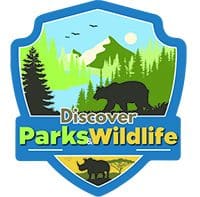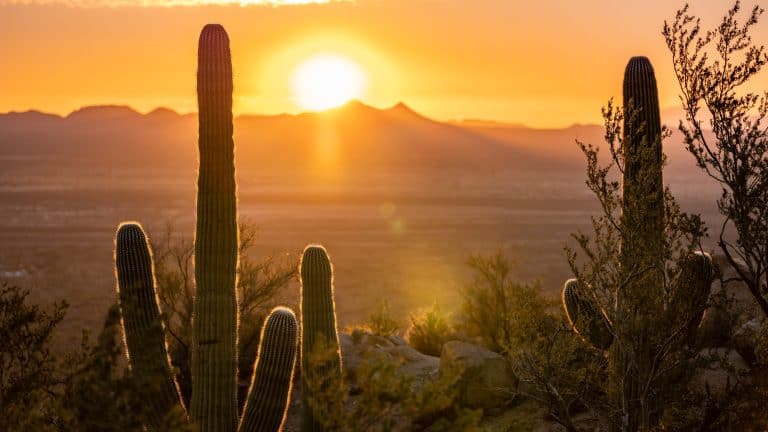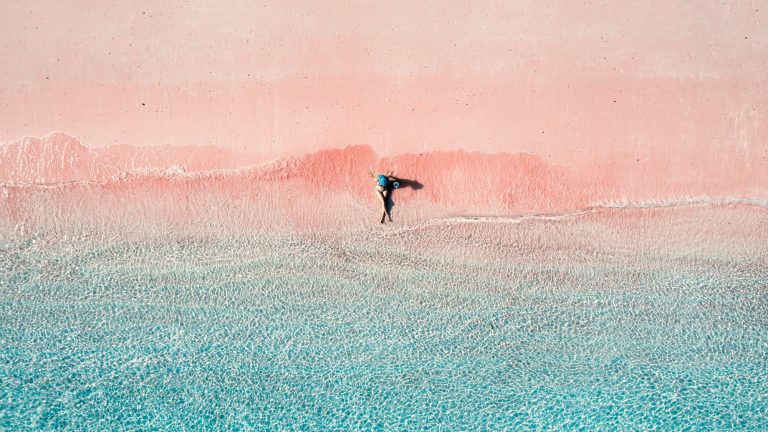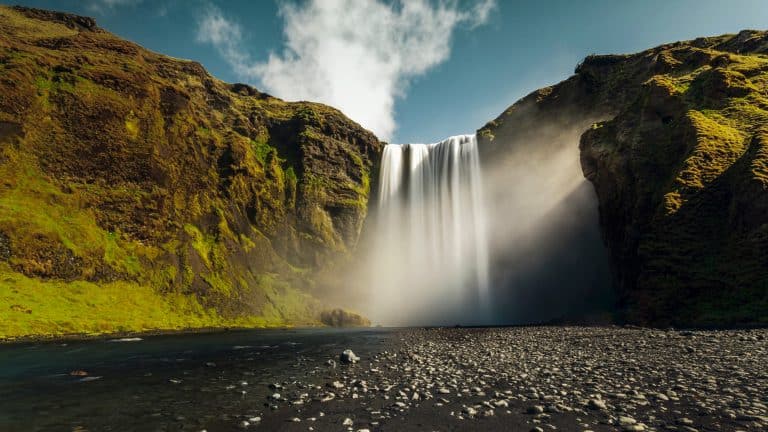Discover Parks & Wildlife contains affiliate links and is a member of the Amazon Services LLC Associates Program. If you make a purchase using one of the Amazon links (or other affiliate links), we may receive compensation at no extra cost to you. See our disclosure policy for more information.
Olympic National Park In A Nutshell—The 5-Minute Breakdown
Olympic National Park is your next adventure in the making. But hey, I hear you, planning a trip can feel like deciphering ancient scrolls, right? But fear not, I’ve boiled down the essentials into this no-nonsense, five-minute guide.
Think of it as the park’s greatest hits, skipping the fluff and giving you exactly what you need to know to make the most of your visit. This isn’t a deep dive; it’s more like a quick splash to get you oriented and off exploring faster.
If you’re short on time but still want big views, incredible experiences, and the feeling of being slightly superior to your friends for choosing such a cool spot, you’re in the right place.
Olympic National Park Overview

Spanning nearly a million acres (nature had a serious case of “go big or go home”), Olympic National Park is a jaw-dropping mashup of wildly diverse ecosystems. There are three ecosystems in fact: glacier-capped mountains, Pacific coast, and temperate rain forest.
It’s got one of the largest temperate rainforests in the U.S. Yep, actual rainforests, not just a bunch of damp trees looking moody. Oh, and don’t forget the rugged coastlines… dotted with tide pools full of bizarre, squishy sea critters that look like they belong in a sci-fi movie.
Then there’s Mount Olympus, the park’s crowning glory, towering at 7,980 feet like it’s trying to outshine the rest of the scenery.
And if that isn’t enough to get you interested, there are also rivers, lowland forests, waterfalls, meadows, and much, much more.
Top Attractions:
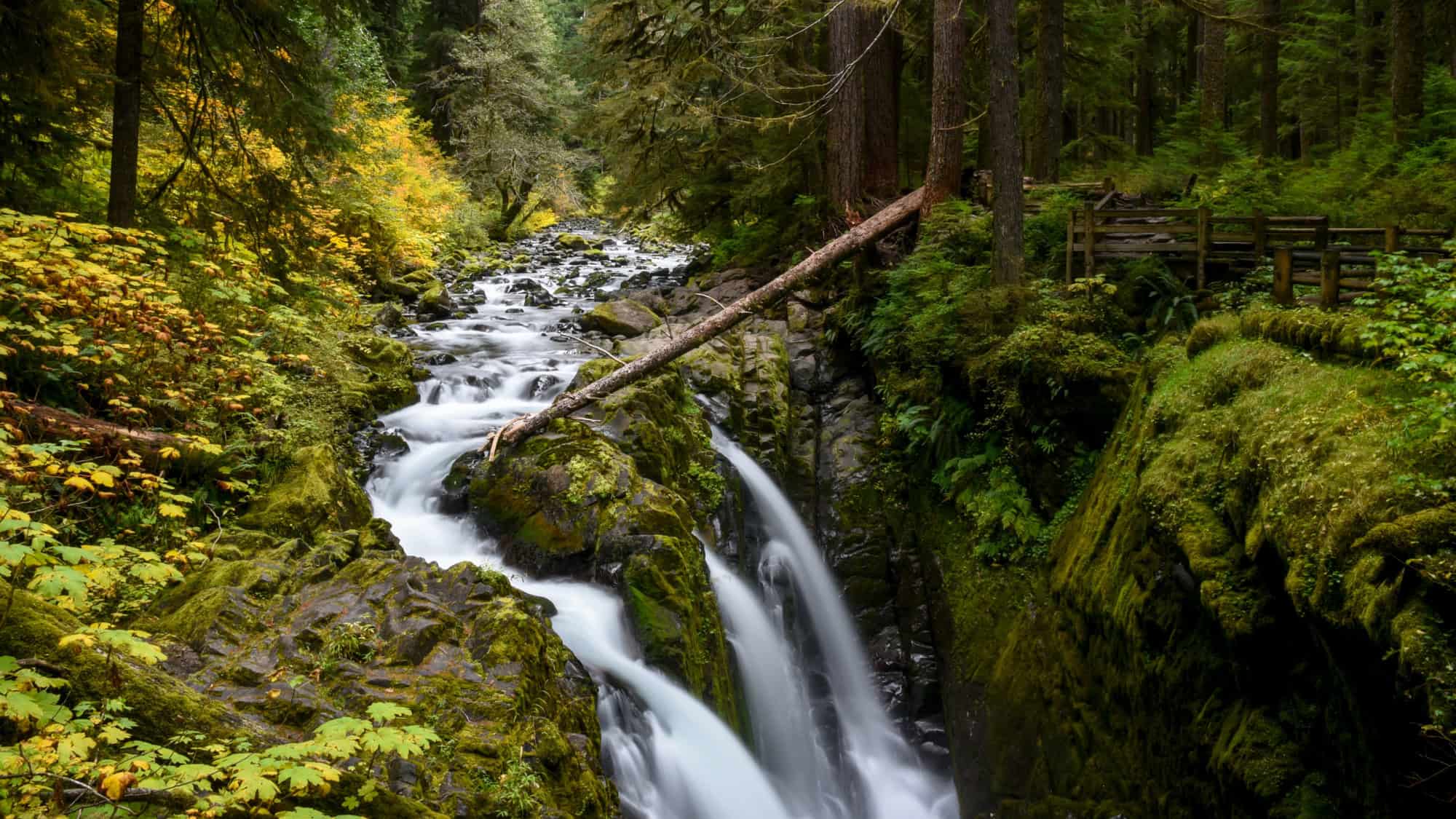
Scenic Drives Available:
Popular Activities:
Wildlife To Watch For:
Olympic National Park Map
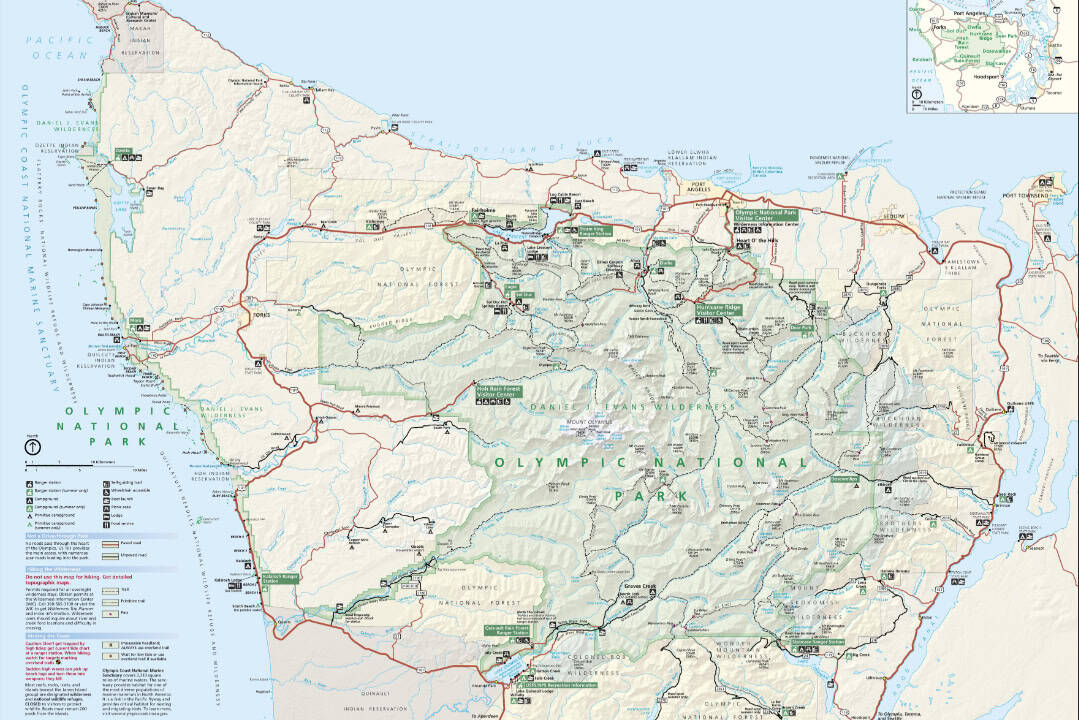
Know Before You Go
3 Popular Things To Do In Olympic National Park
These are a few of Olympic National Park’s greatest hits… because you didn’t come all this way just to sit in the parking lot.
1. Explore Hoh Rain Forest
Feeling like stepping into a fairy tale? The Hall of Mosses trail in the Hoh Rain Forest has you covered (literally, with trees draped in moss like they’re trying to win a costume contest). This short loop, just under a mile, is perfect for those who want to experience jaw-dropping greenery without signing up for a marathon.
Did you know that the Hoh Rain Forest gets around 140 inches of rain per year, making it one of the wettest places in the U.S.? So, bring a raincoat unless you’re a fan of soggy socks. Oh, and don’t touch the moss. It’s rude.

2. Hike To Hurricane Ridge
For the ultimate Olympic National Park experience, you have to conquer Hurricane Ridge. Whether you’re a seasoned hiker or a beginner looking for bragging rights, this trail has something for everyone.
You can choose from shorter day hikes or push yourself with an overnight trip. Either way, prepare for views that will make your heart skip a beat (or maybe that’s just the altitude).
And if hiking isn’t exactly your jam, don’t worry; you can still reach Hurricane Ridge by car and take in those breathtaking panoramas without breaking a sweat.
3. Visit Rialto Beach (And Hike To Hole-In-The-Wall)
Love the ocean but hate sandy socks? Rialto Beach is the place for you. This rugged stretch of coastline is famous for its dramatic sea stacks.
And here’s a fact to impress your hiking partner while you dodge driftwood: those sea stacks are remnants of ancient coastal erosion.
If you’re looking to stretch your legs, the trek to Hole-in-the-Wall offers some epic tidal pools to explore. Just don’t forget your tide chart… unless wading back through chilly water is your idea of a good time.
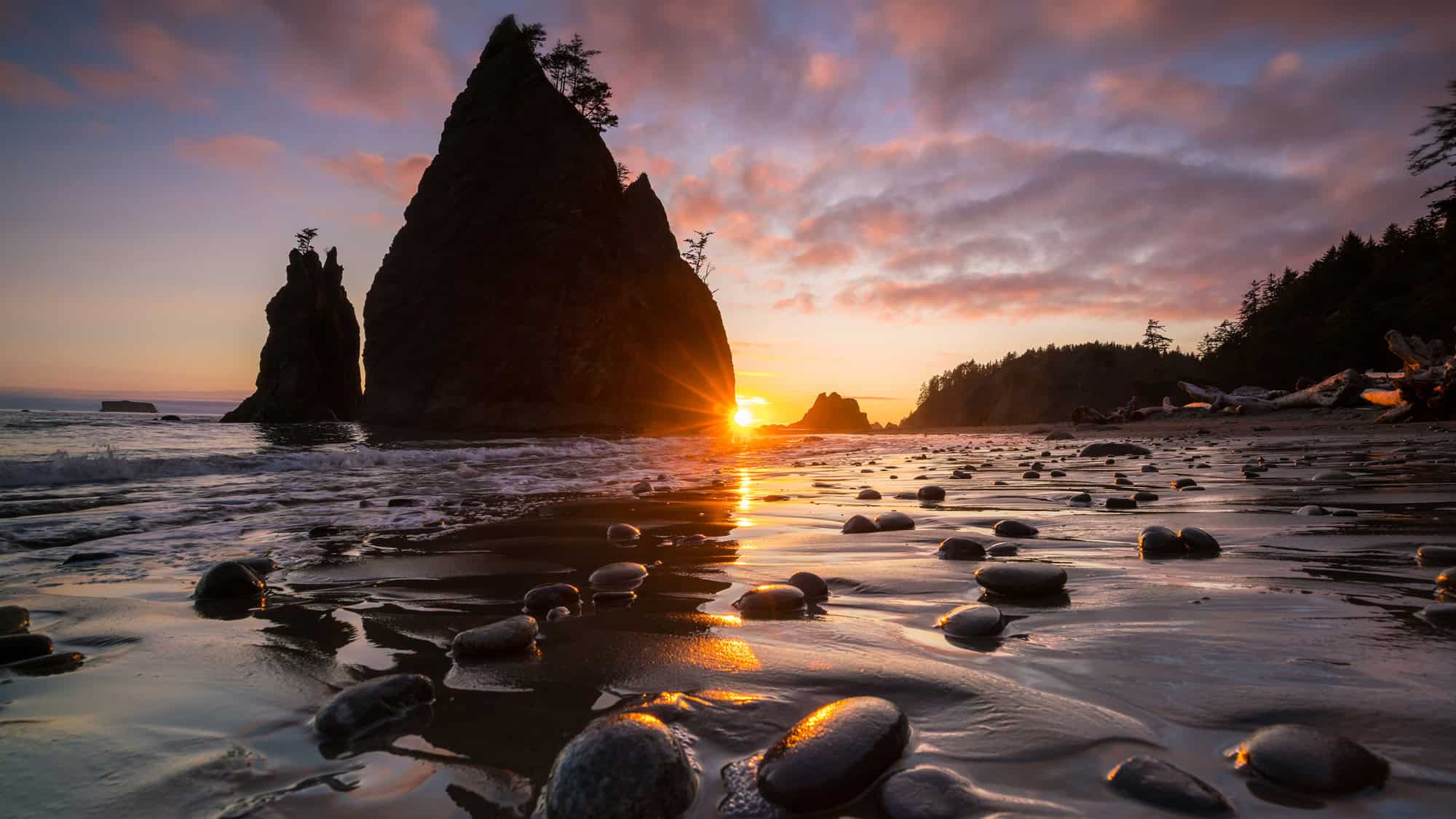
Best Time To Visit Olympic National Park
Summer is the sweet spot for Olympic National Park. The weather’s cooperative (mostly), the trails are clear, and you’re less likely to experience the “soaked to the bone” aesthetic.
Sure, you’ll have company (everyone else loves summertime here, too), but trust me, it’s worth it for those mountain views and blissfully ice-free hikes.
Where To Stay
Finding the perfect place to crash after a day of adventure is key. Even the toughest hikers need a cozy spot to recharge (and maybe take a hot shower).
Camping In The Park
There are more than 10 campgrounds in Olympic National Park to choose from, ranging from just a few spots to nearly a hundred. Here are just a few of the more popular ones. Read more about them at NPS.
Hotels In The Park
Hotels Nearby
To explore the mountains and valleys, Port Angeles is the place to stay. To explore the Pacific coast and the rainforests, staying in Forks works wonderfully.

What To Bring On Your Visit
Packing smart can mean the difference between “prepared adventurer” and “cold, wet regret.” So here’s what you’ll need:
